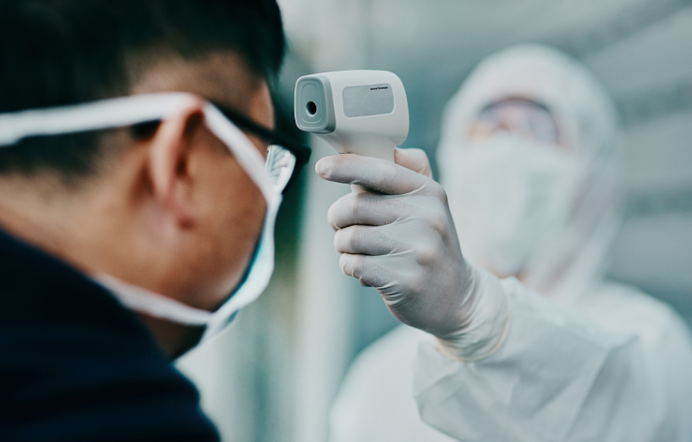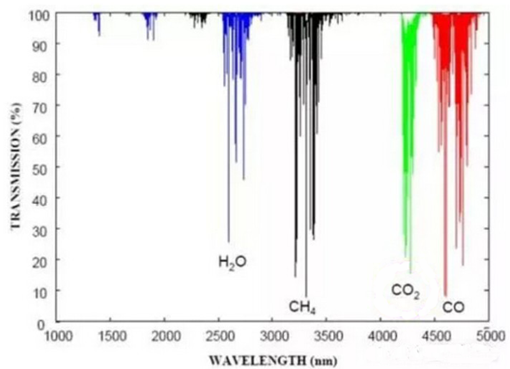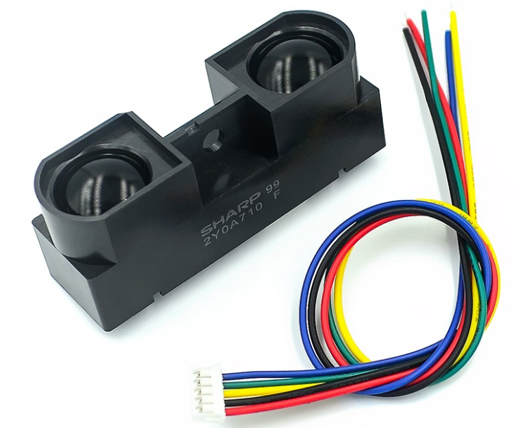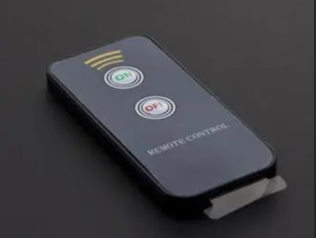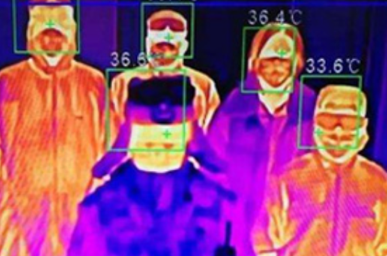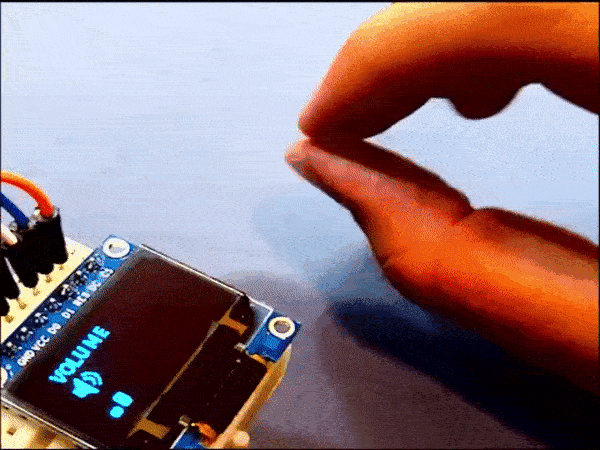Source: Ulink Media
In the post-epidemic era, we believe that infrared sensors are indispensable every day. In the process of commuting, we need to go through temperature measurement again and again before we can reach our destination. As a temperature measurement with a large number of infrared sensors, in fact, there are many important roles. Next, let’s take a good look at the infrared sensor.
Introduction to Infrared Sensors
Anything above absolute zero (-273°C) is constantly emitting infrared energy into the surrounding space, so to speak. And infrared sensor, is able to feel the infrared energy of the object and convert it into electrical components. Infrared sensor consists of optical system, detecting element and conversion circuit.
Optical system can be divided into transmission type and reflection type according to different structure. Transmission requires two components, one transmitting infrared and one receiving infrared. The reflector, on the other hand, needs only one sensor to collect the desired information.
The detecting element can be divided into thermal detecting element and photoelectric detecting element according to the working principle. Thermistors are the most widely used thermistors. When thermistor is subjected to infrared radiation, the temperature increases, and the resistance changes (this change may be larger or smaller, because thermistor can be divided into positive temperature coefficient thermistor and negative temperature coefficient thermistor), which can be converted into electrical signal output through the conversion circuit. Photoelectric detection elements are commonly used as photosensitive elements, usually made of lead sulfide, lead selenide, indium arsenide, antimony arsenide, mercury cadmium telluride ternary alloy, germanium and silicon doped materials.
According to the different signal processing and conversion circuits, infrared sensors can be divided into analog and digital type. The signal processing circuit of analog pyroelectric infrared sensor is field-effect tube, while the signal processing circuit of digital pyroelectric infrared sensor is digital chip.
Many functions of infrared sensor are realized through different permutations and combinations of three sensitive components: optical system, detection element and conversion circuit. Let’s take a look at some other areas where infrared sensors have made a difference.
Application of Infrared Sensor
1. Gas Detection
Infrared optical principle of gas sensor is a kind of based on near infrared spectral selective absorption characteristics of different gas molecules, the use of gas concentration and absorption strength relationship (Lambert – bill Lambert Beer law) to identify and determine the concentration of gas component gas sensing device.
Infrared sensors can be used to obtain the infrared analysis map as shown in the figure above. Molecules composed of different atoms will undergo infrared absorption under the irradiation of infrared light at the same frequency, resulting in changes in the intensity of infrared light. According to different wave peaks, the types of gas contained in the mixture can be determined.
According to the position of a single infrared absorption peak, only what groups exist in the gas molecule can be determined. To accurately determine the type of gas, we need to look at the positions of all absorption peaks in the mid-infrared region of the gas, namely, the infrared absorption fingerprint of the gas. With infrared spectrum, the content of each gas in the mixture can be quickly analyzed.
Infrared gas sensors are widely used in petrochemical, metallurgical industry, working condition mining, air pollution monitoring and carbon neutralization related detection, agriculture and other industries. At present, mid-infrared lasers are expensive. I believe that in the future, with a large number of industries using infrared sensors to detect gas, infrared gas sensors will become more excellent and cheaper.
2. Infrared Distance Measure
Infrared ranging sensor is a kind of sensing device, is to use infrared as the medium of measurement system, wide measurement range, short response time, mainly used in modern science and technology, national defense and industrial and agricultural fields.
Infrared ranging sensor has a pair of infrared signal transmitting and receiving diodes, using the infrared ranging sensor to emit a beam of infrared light, forming a reflection process after irradiating to the object, reflecting to the sensor after receiving the signal, and then using CCD image processing receiving transmitting and receiving the time difference data. The distance of the object is calculated after processing by the signal processor. This can be used not only on natural surfaces, but also on reflective panels. Measuring distance, high frequency response, suitable for harsh industrial environments.
3. The Infrared Transmission
Data transmission using infrared sensors is also widely used. TV remote control uses infrared transmission signals to remotely control the TV; Mobile phones can transmit data through infrared transmission. These are applications that have been around since infrared technology was first developed.
4. Infrared Thermal Image
Thermal imager is a passive sensor that can capture the infrared radiation emitted by all objects whose temperature is higher than absolute zero. The thermal imager was originally developed as a military surveillance and night vision tool, but as it became more widely used, the price fell, thus greatly expanding the application field. Thermal imager applications include animal, agricultural, building, gas detection, industrial and military applications, as well as human detection, tracking and identification. In recent years, the infrared thermal image has been used in many public places to quickly measure the temperature of products.
5. Infrared Induction
Infrared induction switch is an automatic control switch based on infrared induction technology. It realizes its automatic control function by sensing the infrared heat emitted from the outside world. It can quickly open lamps, automatic doors, anti-theft alarms and other electrical equipment.
Through the Fresnel lens of the infrared sensor, the scattered infrared light emitted by the human body can be sensed by the switch, so as to realize various automatic control functions such as turning on the light. In recent years, with the popularity of smart home, infrared sensing has also been used in smart trash cans, smart toilets, smart gesture switches, induction doors and other smart products. Infrared sensing is not just about sensing people, but is constantly updated to achieve more functions.
Conclusion
In recent years, the Internet of Things industry has developed rapidly and has a broad market prospect. In this context, the infrared sensor market has also been further growth. Therefore, China’s infrared detector market scale continues to grow. According to data, in 2019, China’s infrared detector market size of nearly 400 million yuan, by 2020 or nearly 500 million yuan. Combined with the demand for infrared temperature measurement of epidemic and carbon neutralization for infrared gas detection, the market size of infrared sensors will be huge in the future.
Post time: May-16-2022
